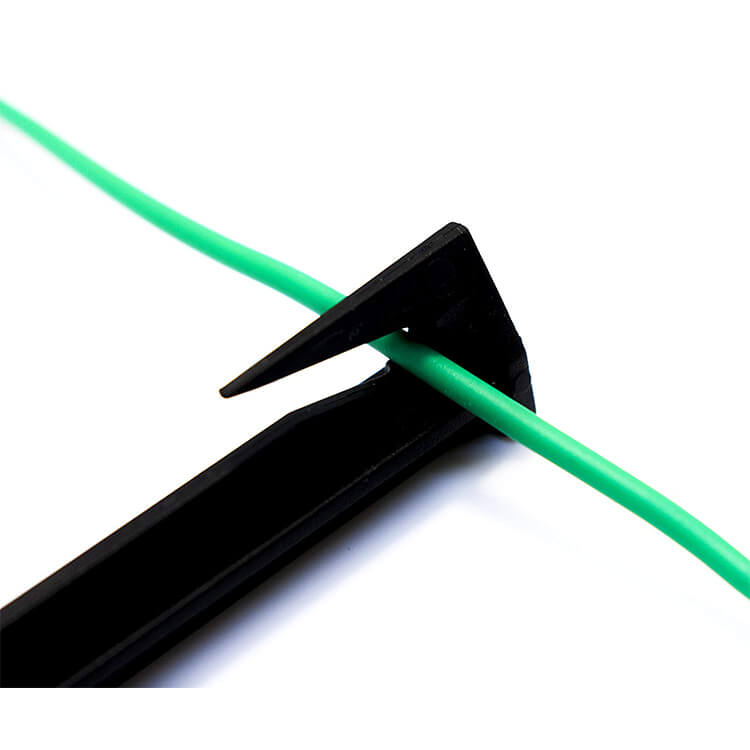Proper maintenance of flat pulleys is essential to ensure their longevity and optimal performance. Here are some tips to help you maintain flat pulleys effectively:
Regular Inspection:
Conduct routine inspections to check for wear, cracks, or any signs of damage. Inspect both the pulley and the belt for any abnormalities.
Look for any misalignment issues that may cause uneven wear on the pulley.
Cleanliness:
Keep the pulleys clean from dirt, debris, and any other contaminants. Accumulated debris can lead to increased wear and reduced efficiency.
Regularly clean the pulley surfaces using a brush or compressed air to prevent the buildup of materials that can affect performance.
Lubrication:
Lubricate bearings and bushings regularly according to the manufacturer's recommendations. Proper lubrication reduces friction and minimizes wear.
Use the recommended lubricants and follow the guidelines for the specific type of pulley and its application.
Alignment:
Ensure that the pulley system is properly aligned. Misalignment can cause uneven wear on the pulley and the belt, leading to premature failure.
Use alignment tools to check and correct any misalignment issues.
Tension Adjustment:
Maintain proper tension in the belt. Insufficient tension can cause slipping, while excessive tension can lead to premature wear of both the pulley and the belt.
Follow the manufacturer's guidelines for tension adjustment and use a tension gauge to ensure accuracy.
Temperature Control:
Monitor and control the operating temperature of the pulley system. Excessive heat can accelerate wear and reduce the lifespan of the pulleys.
Adequate ventilation and cooling systems should be in place to prevent overheating.
Replace Worn Components:
Replace any worn or damaged components promptly. This includes the pulley itself, as well as bearings, bushings, and the belt.
Regularly check for signs of wear, such as grooves in the pulley surface, and address them before they escalate.
Training and Education:
Ensure that maintenance personnel are properly trained on the specific requirements of the pulley system in use.
Keep abreast of manufacturer recommendations and guidelines for maintenance practices.
Use Quality Components:
Install high-quality pulleys and belts from reputable manufacturers. Inferior components may wear out quickly and compromise the overall performance of the system.
Documentation:
Maintain a detailed record of maintenance activities, including inspections, lubrication schedules, and any replacements made. This documentation can help in identifying patterns and planning for future maintenance.
By following these maintenance tips, you can extend the lifespan of flat pulleys and optimize the performance of your machinery. Regular attention to these details can prevent unexpected downtime and reduce overall operating costs.

 ENGLISH
ENGLISH 简体中文
简体中文 GERMAN
GERMAN SPAIN
SPAIN
 +86 181-5747-1135
+86 181-5747-1135







 Abroad:+86 181 5747 1135
Abroad:+86 181 5747 1135 FAX: +86 574 8900 7636
FAX: +86 574 8900 7636 E-mail:
E-mail: 

 read the map
read the map

